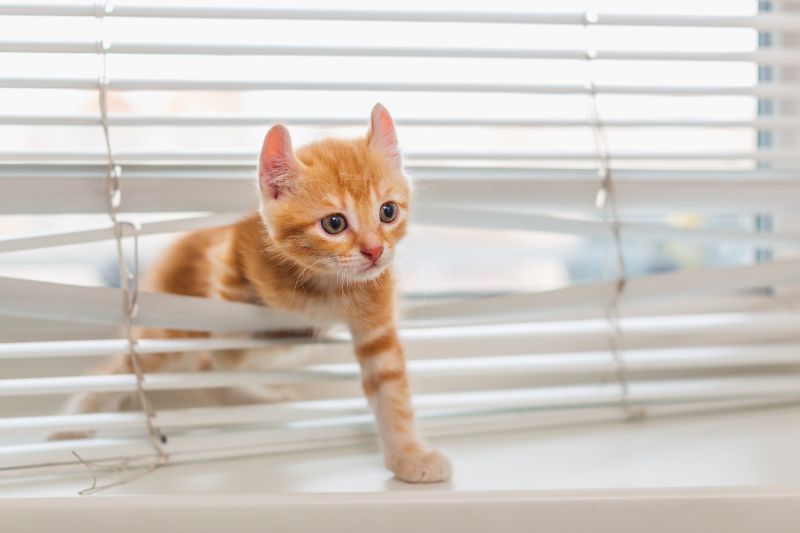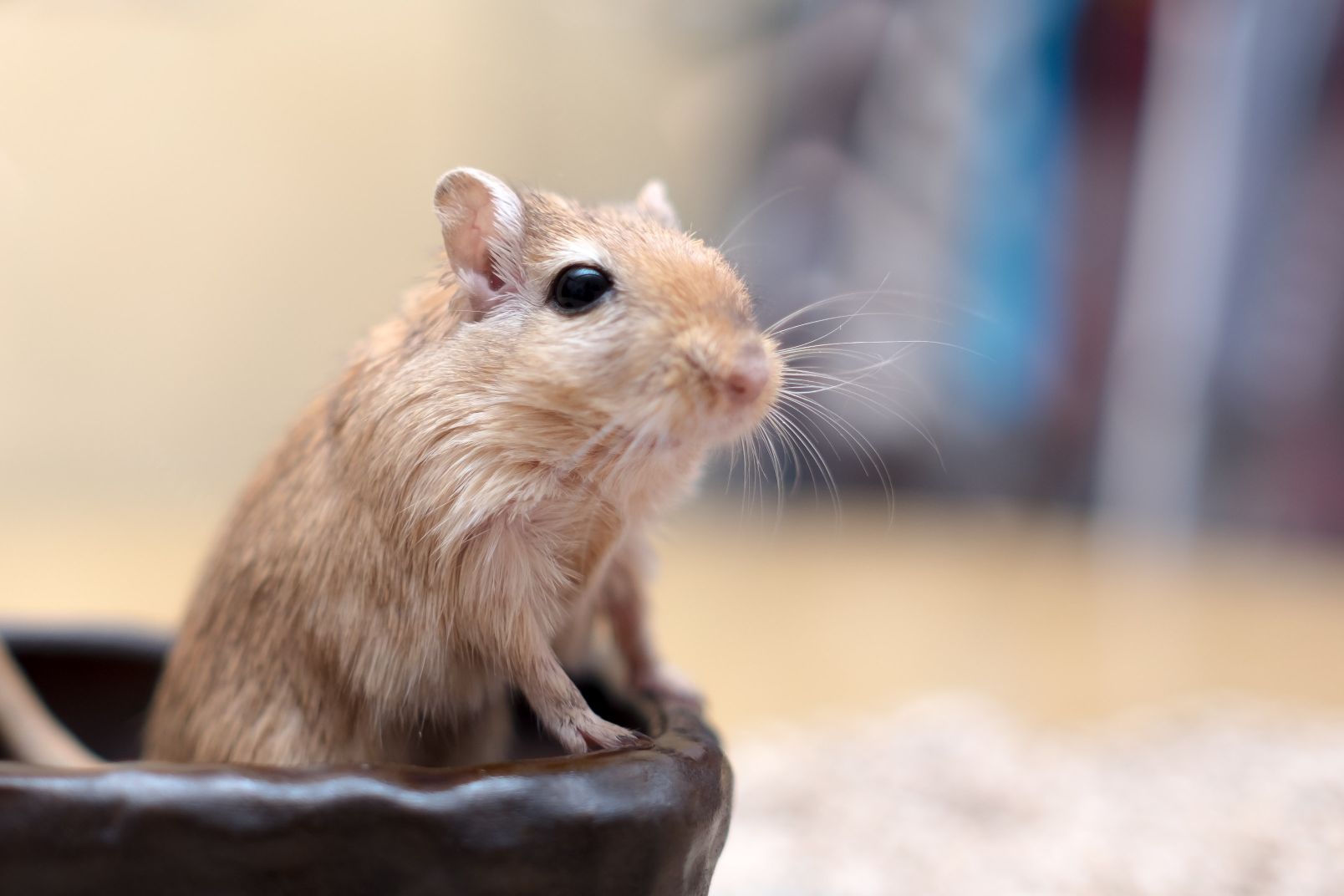
Indoor-only cats enjoy longer, healthier lives, but that doesn’t mean they’re the happiest they could be. Without a doubt, destructive cat behavior can stem from boredom or loneliness. The good news is that you can stay in front of developing problems by enriching their indoor environment.
This Is Not What I Signed Up For
Sadly, not all cat adoptions work out. One of the reasons that cat owners surrender or re-home their fluffy buddy is destructive cat behavior. As a result, it’s crucial to add more value to their daily activities. Without proper mental and physical stimulation, cats can react in various ways – none of which are ideal.
Save Your Screens
Cats that like to climb window or door screens, claw the curtains, scratch the furniture, eat houseplants, tip over glasses or mugs, and more can benefit from the following owner interventions:
- Toys are incredibly helpful at redirecting your cat’s energy. Don’t keep them out all the time. Rotate their toys once a week or twice a month to keep them interested and engaged. Aim to play together for 15-30 minutes every day.
- Scratching posts are crucial in a home shared with cats. They rely on posts for an excellent back stretch, plus they mark items with scent glands on their feet. The action loosens up old layers of skin surroundings the claws. A good post is covered with carpet or sisal rope, and potentially saves your household belongings from scratch marks. Spray the post with catnip of Feliway and offer treats to help entice them to use it. Over time, their post might look pretty shredded. No give in to the temptation to replace it, as your cat is likely deeply attached to it. Add another one and slowly move the old, ratty one out once the new post is preferred.
- There’s a reason why cats love cat trees. They love to climb, perch, hide and observe their surroundings from up high. Giving your cat vertical space is really important for their natural feline instincts. Create bridges, hammocks, and high up platforms for your cat to look down from.
- Free feeding is known to create problems for cats. Help them connect with their inner prey drive and keep their mind occupied by providing a feeding system that lets them “hunt” for their food. This not only keeps them at a healthy weight but makes them work for their food, something their wild relatives must do to survive.
Destructive Cat Behavior
Some cat owners find that covering the corners of their sofa or armchair with double sided tape, sand paper, aluminum foil, or citrus spray can deter destructive cat behavior. Also, trim their claws regularly.
It is essential to remember that destructive cat behavior can be avoided. They aren’t messing around with your stuff for the sake of it, or to make you mad. As a result, scolding or punishing them won’t have the desired effects.
Let Us Help
Some facets of destructive cat behavior may stem from certain medical conditions. It may be worthwhile to examine them and run diagnostics to determine how to help them.
If you have additional questions about destructive cat behavior, or how to make sure your cat is happy and healthy, our veterinary team is always here for you at Summeridge Animal Clinic.



